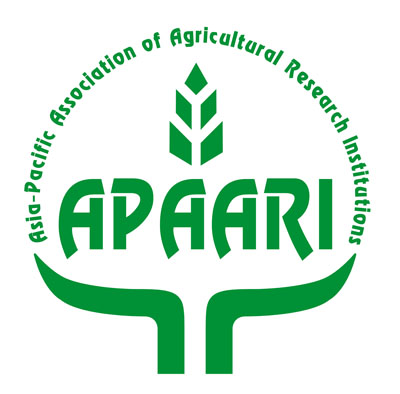Farming technology inventions have far exceeded expectations and left the world in complete ‘awe’ through a successful introduction and implementation of gene-editing.
Beginning its journey from galvanising conventional agriculture methods, technology slowly and gradually entered the day-to-day farm activities and has made farmers’ life not just easier but wealthier in all forms. Today, we see farmers adapting quickly to new technology after reaping numerous benefits through mechanization and improved inputs, including but not limited to, controlled irrigation, pesticide, fertigation, controlled irrigation or even valuable nutrient involvements.
This has led to even more advancement and continued research in biotechnology to induce a greater variety of crops through gene-editing. Farmers have already embraced seed technology widely and this appears to be a complete treasure in the upcoming agribusiness.
It allows breeding to occur in a fully natural environment through editing genes or the DNA sequence without introducing any foreign gene/ DNA. Gene editing has been in existence from a long time but it gained more eyeballs with the introduction of CRISPR/Cas9 which is a flexible technology design constructed as per RNA which further makes it more economical. It’s the easiest implementation and design form adds to its viability favouring its utilization by both, small and privately held as well as public institutions. To name a few, the technology is highly effective in improving crop yields of pulses, vegetables, millets, yan, pigeon pea and cassava.
Since gene editing has faster results in the shortest possible time with the highest precision level producing greater outputs, policymakers have been called out on a global level to have flexible regulations. Gene editing has huge potential to negate any drawback as compared to conventional crop breeding methods, hence, it is being supported through various campaigns and movements to realize proper implementation and acceptance in the agritech portfolio.
Due to the minimal genetic alteration and restricted introduction of any foreign material, few edited variants were able to receive a successful exemption through countries like Australia, USA and Japan.
On the side-line, there lie societal uncertainties arising out of biosafety and biosecurity aspects, setting roadblocks within many different boundaries to initialize the process freely. Hence, these are concerning matters wherein India as the fastest developing nation is heading towards the formulation of a set regulatory framework for gene-edited crops. It will serve as a benchmark for entire South Asia and may create a milestone for many others.
As per the understanding of majority in trade, the current Coordinated Framework for biotechnology should be eliminated, it is inefficient and either over or under-inclusive in its actual scope. It is high time for the policymakers to understand the need of a well-structured regulatory framework for enabling experts, regulators and the public to have complete involvement from the beginning stage of planning of products in gene editing. It will bring a revolutionary change through acceptance and understanding of benefits a gene-edited crop beholds.
Argentina is the latest example of stimulating innovation processes among locals through implementing gene editing. A noticeable multiplication in the diversification of products and increased technology providers can be observed. The country is reaping higher potential impact on breeding niches which have not ever been explored through agricultural biotechnology at a commercial level.
This certainly creates an urgency for the policymakers to rethink and re-evaluate the regulatory framework for gene-edited crops and offer flexibility for the societal benefits.


